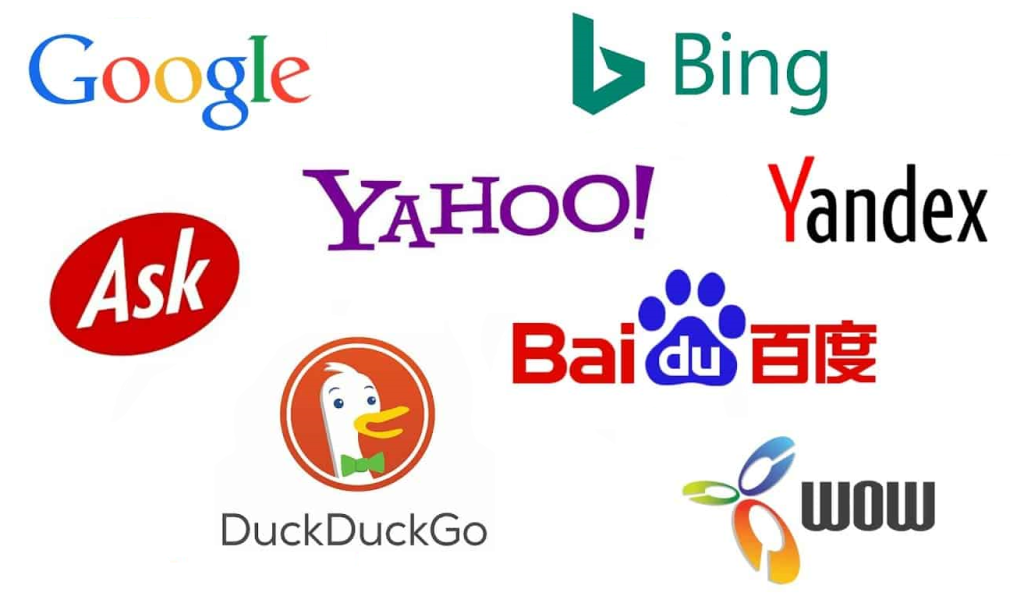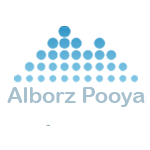Digital Advertising
Digital advertising is marketing to a target audience through digital platforms, including social media, email, search engines, mobile apps, affiliate programs, and websites. One of the main benefits of digital advertising is an advertiser can track in real time the success of the campaign. The goal of digital advertising is to inorganically advertise where consumers are and to customize ads to the target audience’s preferences.
Social Media
Social media has become the biggest hub for digital advertising simply because of the large number of users and the ease of audience targeting. As mentioned, a lot of different types of digital marketing crossover with social ads due to the nature of the platform. It is very common to see a display, native, and video ads on social media platforms.
However, there are two subtypes that are specific to social media, whether that is on Instagram (as seen above), Facebook, Youtube, or other platforms. Paid social media ads are essentially native ads; they are meant to leverage promoted posts and reach specific people through the use of target audiences. They will be labeled with “Sponsored” or “Advertisement” by the social media platform.
Organic social media ads are a form of word-of-mouth marketing. Influencers, as seen in the example, are the ones who will share about a product or service in their posts, videos, or stories. The influencers, not the social platform, are the ones who signify it is an ad. Organic social ads are great to build a loyal brand following and brands can easily receive feedback about their business.
Search Engine Marketing (SEM)

Search engine marketing is perhaps the most dependable type of digital advertising because it’s based on keywords that users are already looking for. The two main subtypes of SEM are pay per click (PPC), and search engine optimization (SEO). The most popular SEM platforms include Google and Bing. Even though search engines can show thousands of results, 90% of users will end their search on the first page. That’s why it’s crucial to use SEM and strategize to make sure your listing shows up on the first couple of pages.
PPC campaigns and ads allow businesses to pop up as the first and/or last several results on the first page. As seen in the example above, we typed in “Turf installations near me,” and the first three results are all marked as an “Ad.” The advertiser is only charged when the link is clicked. The position and placement of the ad depend on the bid the business or advertiser places, as well as the quality and relevancy score by Google.
SEO, on the other hand, takes a lot of time and strategy to get onto the first page, but it will be so worth it. Search engines show results based on relevance, so by optimizing a website for specific keywords, businesses have a higher chance of showing up on the first page and getting hits for free. Optimizing websites typically entails linking, keyword targeting and meta-descriptions, as well as consistently creating high levels of content.
Email Marketing
Email marketing is an easy way to effectively reach a target audience who is already interested in the business. How? Because users need to opt-in to the email list! It doesn’t cost anything to build an email list, and email marketing managers are usually very affordable. An email list is a collection of a brand’s loyal customers who are guaranteed to be interested to a certain degree. These lists are usually collected when visiting a website and there is a popup asking for an email (which usually the user gets a discount or other promotion in return).
Once an email list is collected, email campaigns can be sent to customers for a variety of reasons. They can be about promotions or discounts, various blogs or other content, or important business announcements. The best email newsletters are short and sweet. Concise messages are easier to get the point across and increase conversions.









